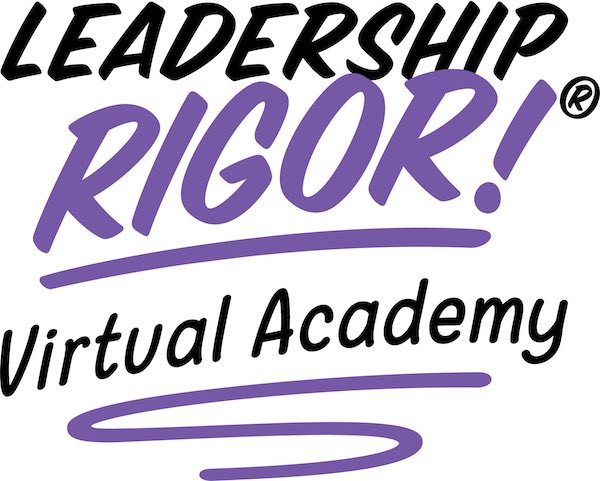The First Step Any Leader Has to Go Through Is Learning How to Lead Themselves
January 23, 2015Video Testimonials
February 20, 2015Overcome Three Hurdles
In business, a major difference between organizational leaders and team/functional leaders is the disciplined focus and skills required to frame the broader “context and perspective” on the issues and challenges for their respective audiences versus being concerned with the content elements only.
Being consciously competent at all times is also now the expectation the organizational leader must step up to given that the work at this level is integrated, systems based, and requires working collaboratively with highly competent functional leaders. The requirements for leading at this level include creating a performance-based organization, developing a leadership team and talent bench, and ensuring that the operational platform is running productively today as well as being viable for the future. Your employees are watching and listening to everything you do and say as a leader, but understand that they are doing so from their viewpoint. They are asking themselves important questions about you that you need to be mindful of as you communicate and build relationships with them. You need to overcome three hurdles to be followed as a leader.
Making Your Authentic Self Visible
The question your employees are asking is “Can I trust you?” A leader needs to be both real and credible. Being visibly comfortable in your own skin puts others at ease. Your projection of confidence, approachability, and your use of leadership language, including your body language (smile, handshake, openness), all convey important messages that set the stage for who you will be as a leader. Taking the time to walk the (4) corners of your office while stopping to ask genuine questions with curiosity will send a message of being an authentically engaged leader.
This along with being vulnerable as you communicate will signal your desire to build a trusting and open environment.
Remember that vulnerability is not about your weakness but rather a sign of your strength. When leaders are vulnerable, they openly acknowledge what they are good at and where they have shortcomings or need help. Expressing these needs becomes a call to action for members of your organization to step up, fill the gap, and be leaders as well.
Sharing the Lenses You Will Look Through
The question your employees are asking is, “Can I meet the expectations of this leader?” Having established your authenticity, the leader role now shifts to expressing your vision and expectations for the organization and your employees. How will you look at the business, culture, and talent? Do you see exciting opportunities for change and growth or opportunities to judge and criticize previous efforts while positioning yourself as the heroic leader who will save the day? Having empathy and compassion for the potential anxiety of your employees will serve you well as you introduce your expectations.
You want to strike a balance between setting a high bar for being a performance-based organization while establishing an inspiring vision and creating an environment that will be energizing rather than intimidating. I encourage my CEO clients to give their employees the playbook on how to successfully work with them by sharing up front their work style preferences and philosophies. Give your team your philosophies about leadership, business, and how you prefer to communicate and build relationships. Share the stories that have shaped you thus far as a business leader and a person. Be honest about your fears, your struggles, your proudest moments, and your disappointments. Be vulnerable, and invite their vulnerability as well!
Creating an Enterprise with Both Architects and Artisans
Your expressed language of appreciation for both architects and artisans establishes your cultural expectation for an intentionally diverse community that embraces inclusion. The question your employees will be asking themselves is “Will I feel like I belong here?”
The word “architect” acknowledges and appreciates the detail-oriented builders of processes, systems, project plans, and financial details. Without them, you would not be grounded or structured in your business fundamentals. The word “artisan” acknowledges and appreciates the creativity and innovation your employees bring to the business environment. Without them, you would not explore the possibilities of your views in new and different ways, revealing breakthrough opportunities.
You will need both architects and artisans to round out the dynamics of structuring your operations as well as facilitating breakthrough ideas and innovations for your evolving strategies. – See more at: http://design.hr.com/ExcellenceEssentials/LE/2015/February/index.html#/10/








